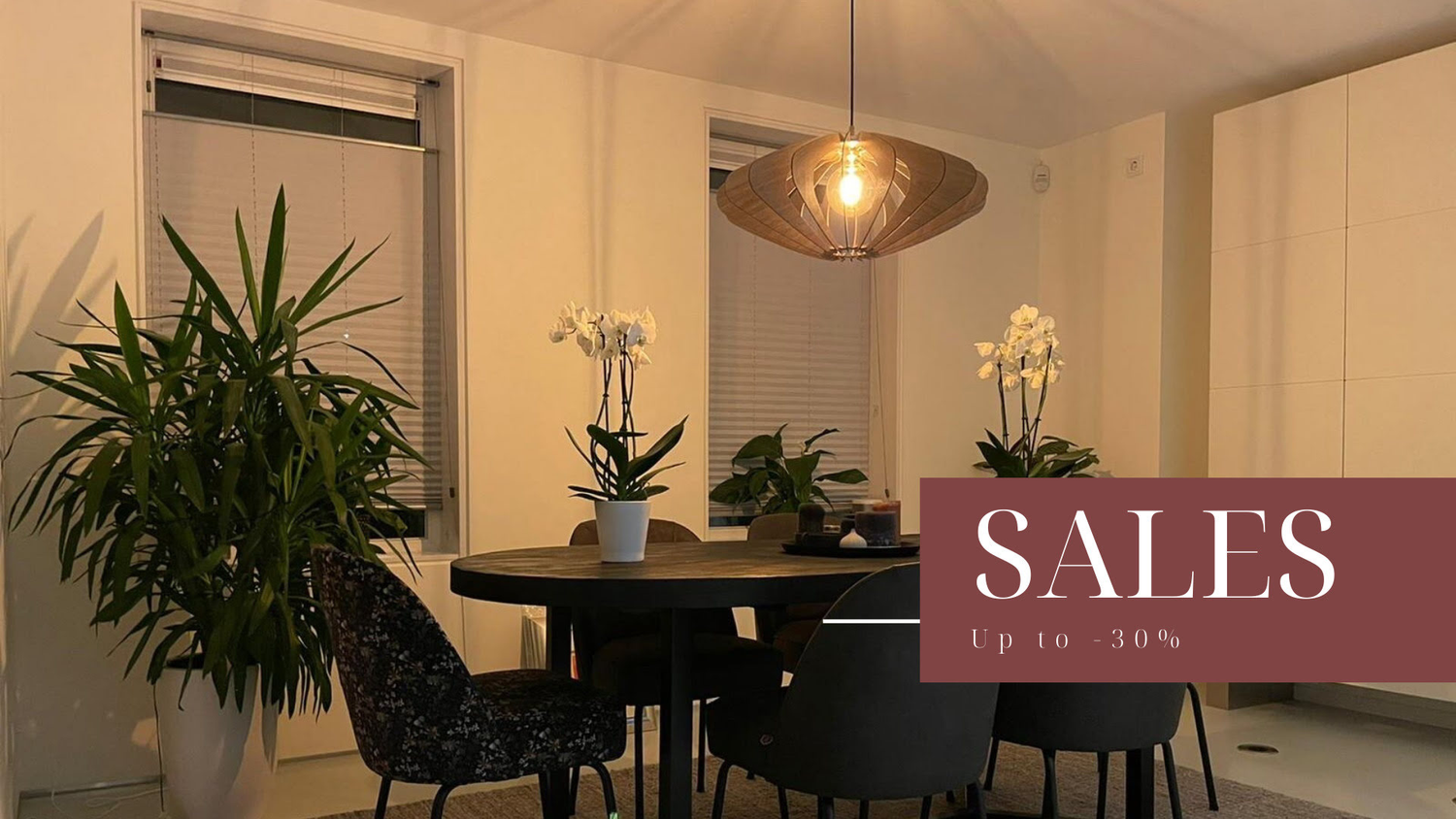Get your island lighting scheme on track with tips on function,
style, height and more
Whether you need to illuminate a specific task or update your decor, the right lighting makes all the difference in a room. But before you start installing fixtures, its important to consider what type of light you need. Ambient or overall light, for example, is used for all-purpose illumination, while task lighting focuses light on a specific work area. Accent lighting highlights specific areas and can serve as a decorative element. While certain fixtures are better suited for different lighting needs, pendants can do it all, which makes them a popular choice for kitchen lighting.
Lighting comes in four basic forms, and different decorative styles can achieve similar practical effects. For this reason, it’s wise to start by considering what functional type of lighting you want to achieve, rather than the type or aesthetic style of fixture you desire.
Let’s explore all four basic forms.

1 - Task Lights
This is lighting that illuminates a specific area to help you see clearly while working. For example, if you want a light fixture that helps you lighten up the chopping area in your kitchen it would be wise to choose a pendant that aims the light downward, preferably with an open or translucent bottom to let a high degree of light out.
Bonus tip: If you’ve installed a fixture and the light is too severe, consider using a lower output bulb.
(Vaulted Scandinavian Pendant Light)
2 - Ambient
The opposite of task lighting is called ambient lighting. This style of lighting illuminates subtle the whole room or area, rather than targeting a spot. Think about the size and shape of your kitchen island and select light fittings that are in proportion. Don’t be afraid of going large. Even over smaller islands it is better to use larger pendants rather than teeny ones. Larger oversize lights have a much greater impact and can liven up a neutral kitchen.
Bonus tip: If you tend to use your island more for mingling and snacking than for prep work, draw inspiration from restaurant tables and choose a softer light that creates an intimate mood.

3 - Accent
Accent lighting highlights a design feature, such as an art piece or a beautiful material. Accent lighting is an excellent way to highlight one-of-a-kind pieces such as a picture or a painting. However, if you have a beautiful wood or stone countertop, a wash of light will help bring out the various tones of the material.
Bonus tip: Consider fitting a dimmer switch. By doing this you will create flexibility and you can have a bright light for food preparation and more ambient atmospheric light for dining.
4 - Decorative lighting
Decorative lighting is all about visual appeal and much less focused on illumination. Light fixtures play a huge role in this lighting as they need to be beautiful and decorative. If you already have sufficient task lights and ambient lights in a room, feel free to choose pendants that glow softly and make a big impression without casting targeted light. If you want your lighting to really be a star feature, look for lights that cast an interesting shadow on the ceiling. This is especially effective with a slightly high ceiling that deserves to have the eye drawn up.
Bonus tip: A Light That Can Do Everything Of course, it is possible for a light to fit into more than one category. A light can be decorative and engaging while still providing functional downward task lighting and some upward or outward ambient lighting to help brighten the entire space. If you know in advance what roles the light needs to fill, though, you can make sure all your goals are accomplished while selecting a light that also looks great.
Hanging a Kitchen Pendant Light
While the decorative options for pendant fixtures are vast, installation is also a key factor to consider for kitchen pendant lighting. As a general rule, pendants should hang 12-20 inches below an 8-foot ceiling. For each additional foot of ceiling height, add 3 inches. For example, in kitchens with a 9-foot ceiling, the pendant should hang 15-23 inches below.
The rule of 3! One of the basic design guidelines to achieve a balance is to repeat elements three times. Every new kitchen now has a kitchen island with three little hanging lights. However, if you have a smaller kitchen island you could for instance hang two larger pendants over the island rather than using three smaller ones.
For islands that have multi-level counter heights consider hanging lights at varying heights for a more dramatic effect. By effectively combining these four different types of lighting and take into consideration the correct way to hang a pendant light you can make your kitchen the highlight of your home.
I hope you got inspired by our ideas. You can alwas take a look to our catalog and find some of our beautiful pendant lights to decorate your kitchen!







1 comment
Thanks for sharing more information about pendant lights! I’ve only learned about different types of pendant lights here. For example, there are globe pendants, billiard-style pendants, and others. But, I’ve never known about the basic forms of pendant lights. If I wanted to have more than one form of a pendant light, how can I go about it? For example, I want to have task, ambient, and decorative lights. Are there any available lights that can represent all?